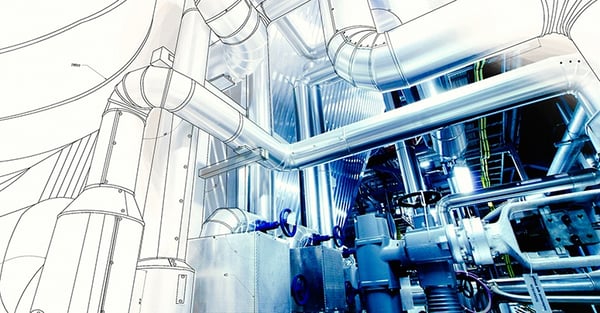It’s likely you already know that keeping pressure transmitters calibrated is imperative to maintain equipment, production and safety. As dial gauges and even digital pressure sensors age, they are all subject to drift and become less accurate in their readings.
A small inaccuracy can spell large losses in process industries such as the oil, gas and petrochemical fields. If your transmitters have drifted even by an extra .01 psi, over time it adds up to money lost either by you or your clients at the other end of the pipeline.

Regular verification can determine whether your sensors have remained accurate under the stress of use, temperature fluctuations and other environmental factors. Most experts recommend yearly calibration however, some equipment may require more frequent calibration and it never hurts to test your transmitters’ readings when possible.
One challenge to yearly calibration is access to calibration equipment. Drilling rigs and refineries are not in centralized consolidated plants but often in remote, hard to reach areas. It’s common for pipelines to span across vast statewide landscapes with dispersed pressure gauges or transmitters to track flow. In these cases, sending every single transmitter or gauge to a calibration lab isn’t realistic or economical. Testing and calibrating transmitters on-site yourself with a portable pressure calibrator can cut costs accrued from your transmitter being out of commission.
Calibrating a transmitter can take anywhere from a few seconds to a few hours. In most cases a transmitter can be calibrated and back in service well within a day. Halting production for the time it takes for the transmitter to travel to a certified calibration lab can cause a high cost in lost production time.
To test pressure transducers you need three basic things:
- Reference device that measures pressure and electrical signals
- Pressure generator
- A power supply for the DUT (device under test)
The rule of thumb is a reference device needs to be four times as accurate as the device under test; a portable pressure calibrator that is recalibrated each year will meet this specification for most transmitters or gauges in the field.
On-site pressure verification and calibration is possible with WIKA’s CPH7650, a portable pressure calibrator. The CPH7650 has an internal measurement and generation capability of 14.5 psi to 300 psi.
To test a transmitter, you connect the DUT to the CPH7650. Using the built-in electrical pressure generator or an external pressure source, you can set the pressure to a specific set point and compare the electrical or pressure reading on the CPH7650 to the reading on the DUT. Slight adjustments to the pressure value can be made in either direction with the fine adjustment knob.
If the DUT’s reading is within an acceptable range of the reference, there is no need for further adjustment. However, if the reading is outside the acceptable range, adjustments and further tests can be made on the DUT to restore the device to read accurately.
Calibration data of up to 16 test devices, such as the test range, can also be saved on the CPH7650 for future use and referenced through WIKA-CAL.
Related Reading:


